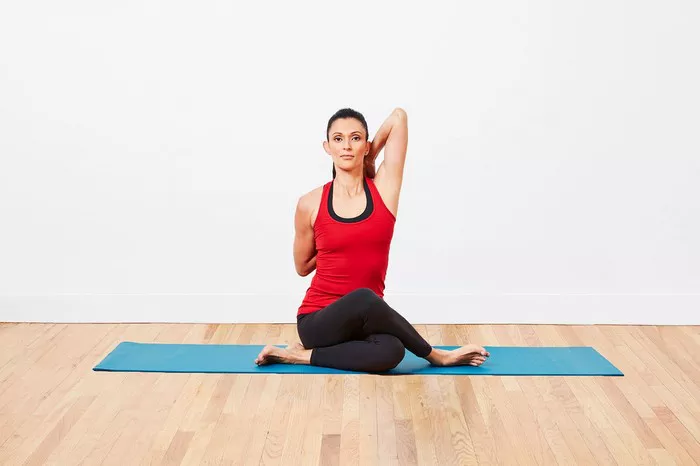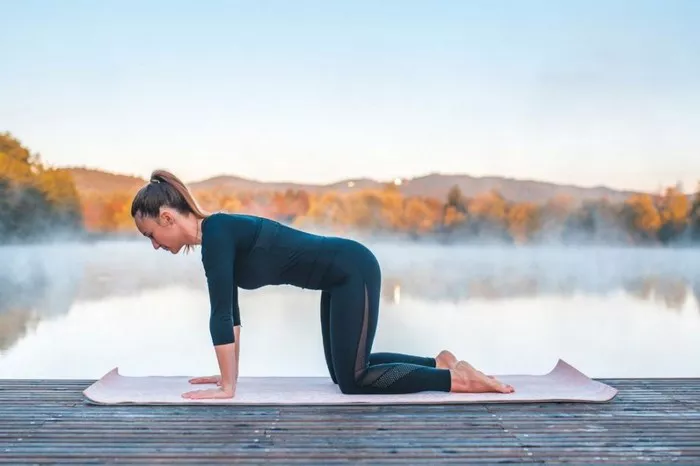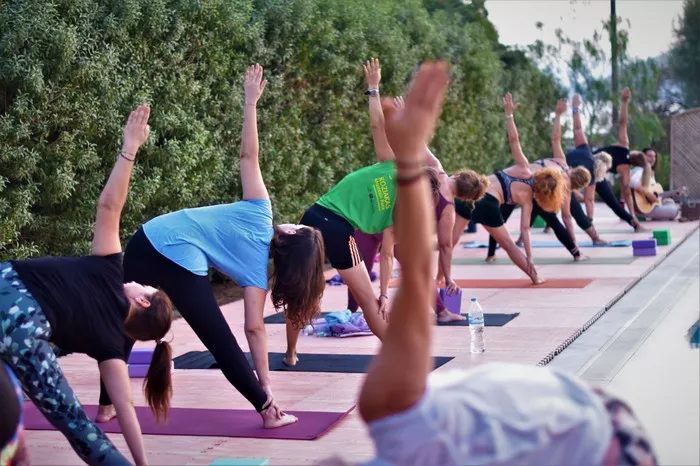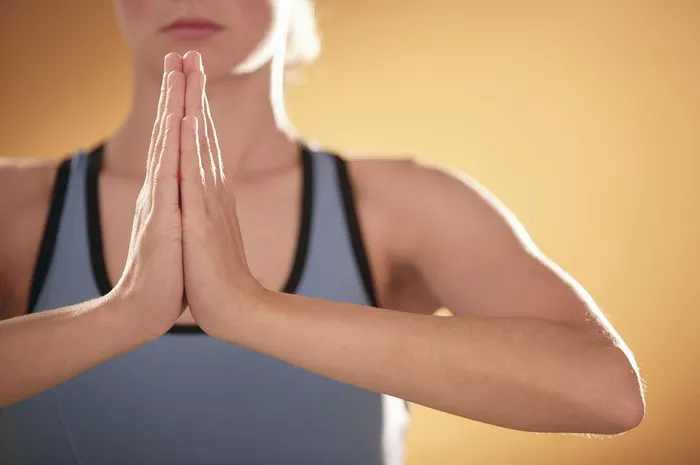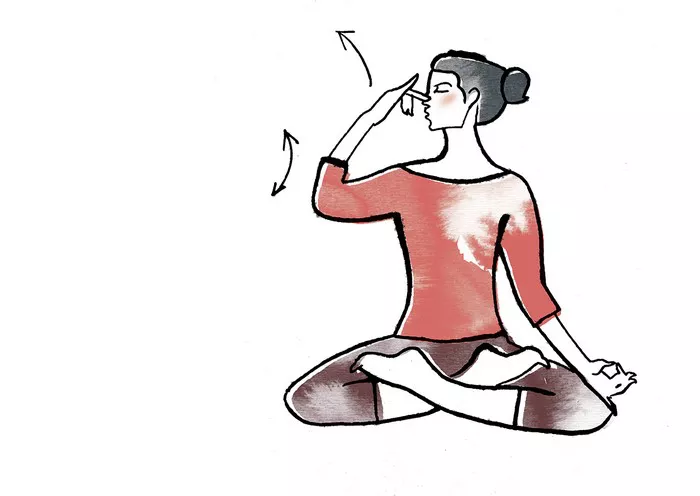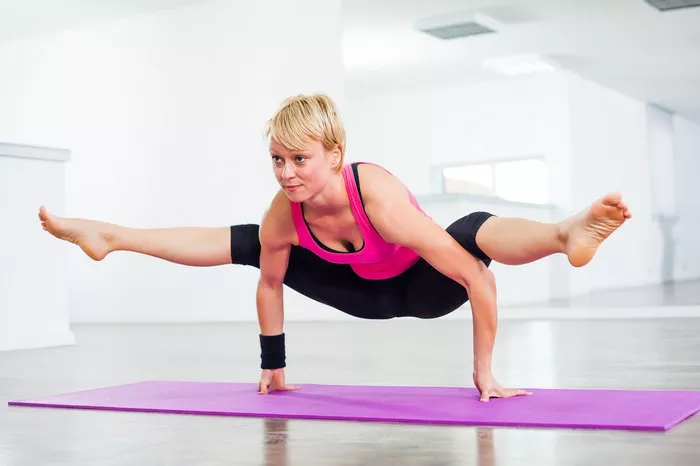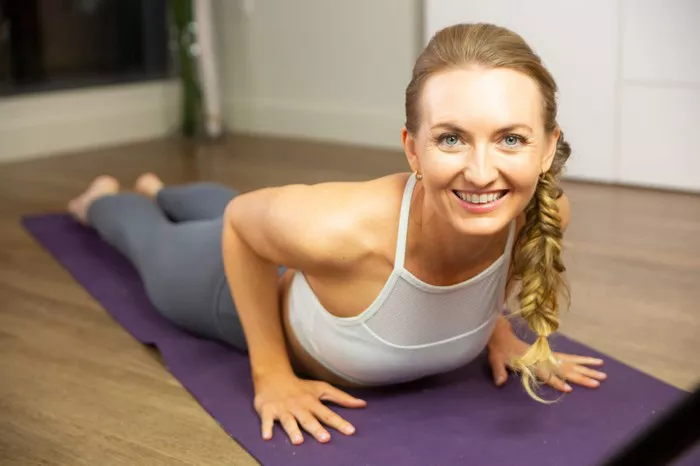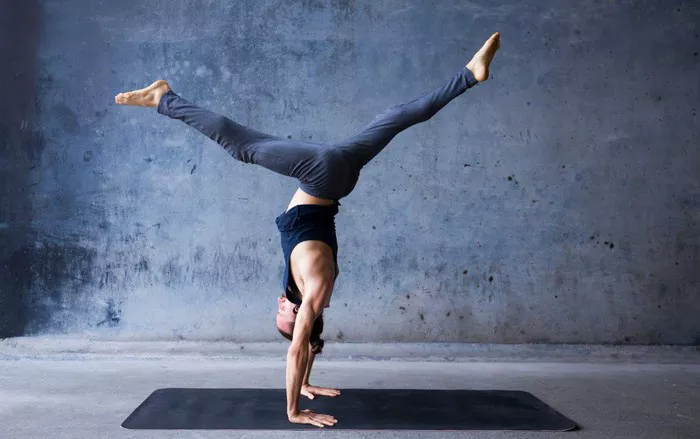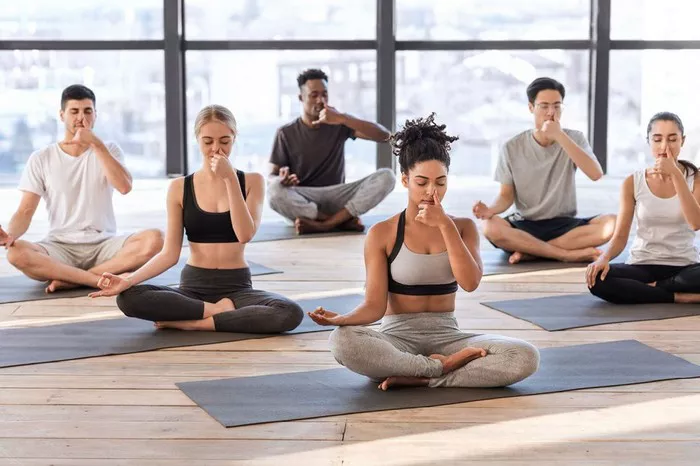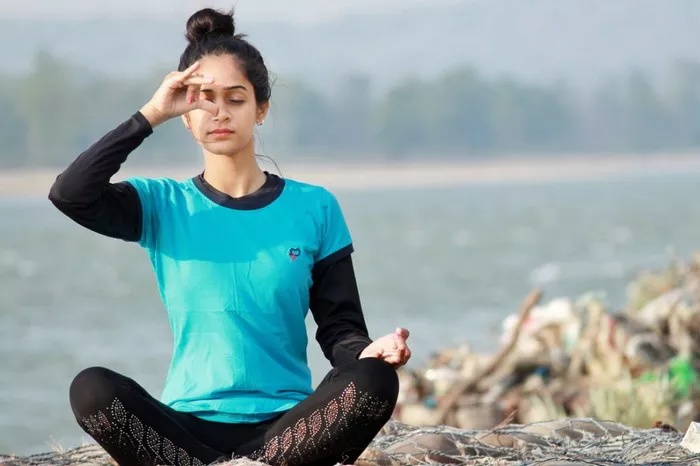Gomukhasana, also known as Cow Face Pose, is a seated asana (yoga posture) that provides several benefits for the body and mind. This posture, characterized by its deep shoulder opening and hip stretching, has earned its name due to its resemblance to a cow’s face, with the arms and legs forming the ears and snout. For many practitioners, Gomukhasana is a powerful pose to improve flexibility, balance, and posture. It engages both the upper and lower body and promotes deep breathing and focus.
Despite its many benefits, Gomukhasana may not be suitable for everyone. Like all yoga poses, it’s essential to understand its effects on the body and the individuals for whom it might pose risks. While some people may find the pose energizing and rejuvenating, others might experience discomfort or injury, especially if they have certain physical conditions or limitations.
In this article, we will explore who should avoid Gomukhasana and why, ensuring that yoga practitioners make informed decisions about their practice.
Understanding the Anatomy of Gomukhasana
Before diving into who should avoid this pose, it is important to understand the anatomical movements and areas affected by Gomukhasana.
Gomukhasana requires the following key movements:
- Shoulder extension and external rotation: One of the arms is placed behind the back while the other reaches over the head, grabbing the opposite hand or wrist. This challenges shoulder mobility and flexibility, particularly in the rotator cuff area.
- Hip flexion and external rotation: Both legs are crossed, with one knee stacked on top of the other. This demands flexibility in the hips, particularly in the outer hip muscles and the hip flexors.
- Spinal alignment: Maintaining an upright spine while performing this pose requires balance and flexibility, particularly in the lower back and the muscles surrounding the pelvis.
Due to the deep nature of these movements, Gomukhasana can be challenging for individuals with specific physical constraints or limitations. Let’s look at some of the groups who may need to avoid this pose or practice it with modifications.
Individuals with Shoulder Injuries or Limited Shoulder Mobility
Gomukhasana requires significant shoulder mobility, as one arm extends behind the back while the other reaches overhead. For individuals with shoulder injuries or conditions like rotator cuff tears, shoulder impingement, or general stiffness, attempting this pose could exacerbate their condition or cause pain.
Why Should Shoulder Injuries Avoid Gomukhasana?
When performing Gomukhasana, the shoulder joint is forced into a deep external rotation and extension. This can be problematic for individuals with any kind of injury or inflammation in the shoulder area. The excessive range of motion may stress the rotator cuff muscles, tendons, and ligaments, which could worsen the injury.
If you have a shoulder injury, you might experience:
- Increased pain and discomfort during the pose.
- Strain on the muscles and ligaments that are already compromised.
- A greater risk of further injury due to the intensity of the stretch.
Modifications and Alternatives
Those with shoulder issues can benefit from alternative poses or modified versions of Gomukhasana, such as:
- Using a strap: Placing a strap around the hand behind the back can help ease the shoulder into the stretch without excessive strain.
- Modifying the arm position: Instead of reaching both arms into the full Gomukhasana position, try to keep one arm in a neutral position to avoid over-stretching.
- Alternating arm stretches: Practicing stretches that target shoulder mobility in a more controlled way, such as Shoulder Rolls, can also provide relief without putting too much strain on the joint.
People with Hip Injuries or Limited Hip Flexibility
In Gomukhasana, both hips are flexed and externally rotated, which demands significant flexibility and mobility. Those with hip injuries, such as hip bursitis, hip labral tears, or general hip instability, may find it difficult or painful to perform the pose.
Why Should People with Hip Injuries Avoid Gomukhasana?
For individuals with hip conditions, deep external rotation and flexion can put a lot of pressure on the hip joints and surrounding tissues. This pressure could result in:
- Increased pain in the hip joints or pelvis.
- Aggravation of existing injuries, such as bursitis or tendonitis.
- Strain on the surrounding muscles, including the gluteus medius and minimus, which are responsible for stabilizing the hip.
In addition, if the pelvis is not aligned properly, there’s a greater risk of compression in the lower back, which can worsen both hip and back pain.
Modifications and Alternatives
If you have hip issues, consider the following modifications or alternatives:
- Use props for support: Placing cushions or blocks under the hips or knees may alleviate pressure during the pose.
- Practice gentle hip openers: Focusing on less intense poses, such as Butterfly Pose (Baddha Konasana) or Supta Baddha Konasana, can help to open the hips without placing too much strain.
- Limit knee flexion: In some cases, bending the knees less or practicing half-Gomukhasana can reduce the strain on the hip joints.
Individuals with Knee Problems
In Gomukhasana, one knee is stacked on top of the other, creating a deep flexion at the knees. This position can be problematic for those with knee conditions like patellar tendinitis, ligament injuries, or chronic knee pain.
Why Should People with Knee Problems Avoid Gomukhasana?
The knee joint undergoes significant pressure when the legs are crossed in Gomukhasana. If there is pre-existing pain or injury in the knee, the pose may:
- Put strain on the ligaments and tendons in the knee.
- Limit circulation and range of motion, leading to discomfort or further injury.
- Create unnecessary tension in the lower body, particularly if the knees cannot bend deeply without discomfort.
Modifications and Alternatives
For individuals with knee issues, consider modifying the pose or opting for other alternatives:
- Use props under the knees: Elevating the knees with props or using extra padding can reduce the amount of pressure on the knee joint.
- Modify leg positioning: Instead of stacking the knees on top of each other, allow the bottom knee to bend less or extend it slightly to avoid excessive flexion.
- Practice seated poses with less knee flexion: Postures like Seated Forward Bend (Paschimottanasana) or Easy Pose (Sukhasana) may be gentler on the knees.
Pregnant Women
Pregnant women should always approach yoga with caution, especially when it comes to poses that involve deep stretching or bending. Gomukhasana may not be the best choice during pregnancy, particularly in the later stages, due to the strain it can place on the hips and the abdominal area.
Why Should Pregnant Women Avoid Gomukhasana?
During pregnancy, the body undergoes several changes, including hormonal shifts that increase the laxity of the ligaments, particularly in the pelvic region. The deep external rotation of the hips and the compressive nature of the pose can be uncomfortable or even harmful for the pelvis, lower back, and abdominal muscles.
Additionally, as the uterus expands, balance and posture may be affected, making deep seated stretches more challenging and potentially unsafe.
Modifications and Alternatives
Pregnant women should avoid deep stretching of the hips and lower back, especially in the later stages of pregnancy. Consider these alternatives:
- Choose gentler seated poses: Poses like Sukhasana (Easy Pose) or Viparita Karani (Legs-Up-the-Wall Pose) can help relax the body without stressing the hips.
- Practice supported poses: Using props like cushions or bolsters to support the body during yoga can offer comfort and prevent strain.
Those with Lower Back Problems
Gomukhasana requires a straight spine and a deep hip opening, which can sometimes lead to compression or discomfort in the lower back. Those with chronic lower back pain or disc issues should approach this posture carefully.
Why Should Those with Lower Back Problems Avoid Gomukhasana?
The alignment of the spine during Gomukhasana is crucial for preventing back pain. If the lower back is not properly aligned, it can result in unnecessary compression, particularly in the lumbar spine. This can cause or aggravate:
- Lower back stiffness or pain.
- Pressure on the intervertebral discs.
- Strain on the muscles of the back, including the lower back extensors.
Modifications and Alternatives
If you have lower back issues, here are some suggestions:
- Focus on spinal lengthening: Before attempting any deep hip stretches, practice gentle spinal elongation through poses like Cat-Cow (Marjaryasana-Bitilasana) or Child’s Pose (Balasana).
- Limit forward flexion: Instead of attempting the full Gomukhasana, choose more basic hip-opening poses like Ankle-to-Knee Pose (Agnistambhasana) that do not put as much pressure on the lower back.
- Use support for the lower back: Placing a bolster or cushion under the lower back while in seated poses can provide extra support.
Conclusion
While Gomukhasana is a wonderful asana that offers numerous benefits for flexibility, strength, and posture, it is not suitable for everyone. Those with shoulder, hip, knee, or back injuries, as well as pregnant women, should be cautious when attempting this pose. By modifying the pose or opting for alternative postures, practitioners can still enjoy the benefits of yoga without risking injury.
It is always important to listen to your body and seek guidance from a knowledgeable instructor if you are unsure whether a specific pose is appropriate for you. By respecting your body’s limitations, you can enjoy a safe and fulfilling yoga practice.
Related Topics:


